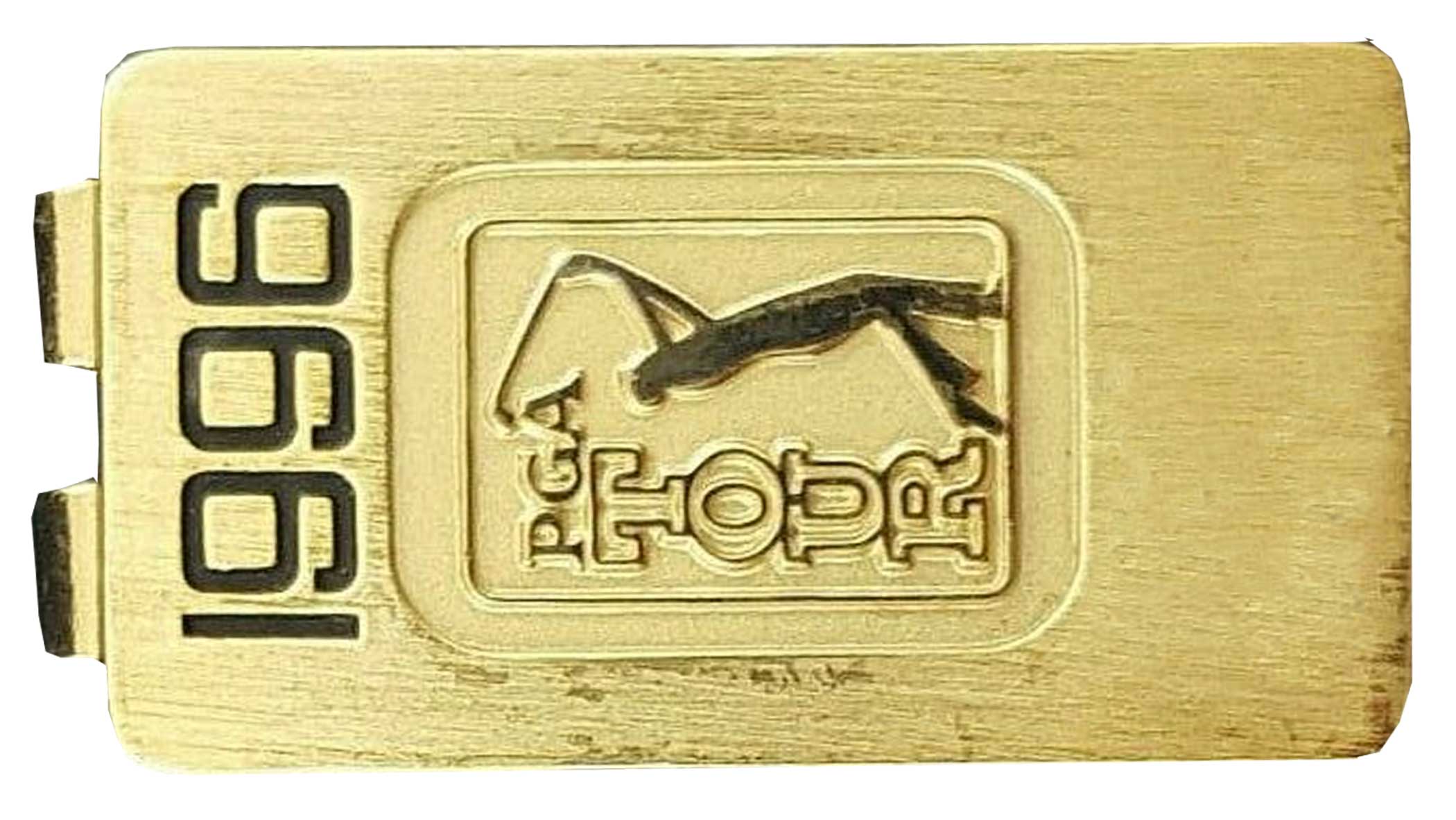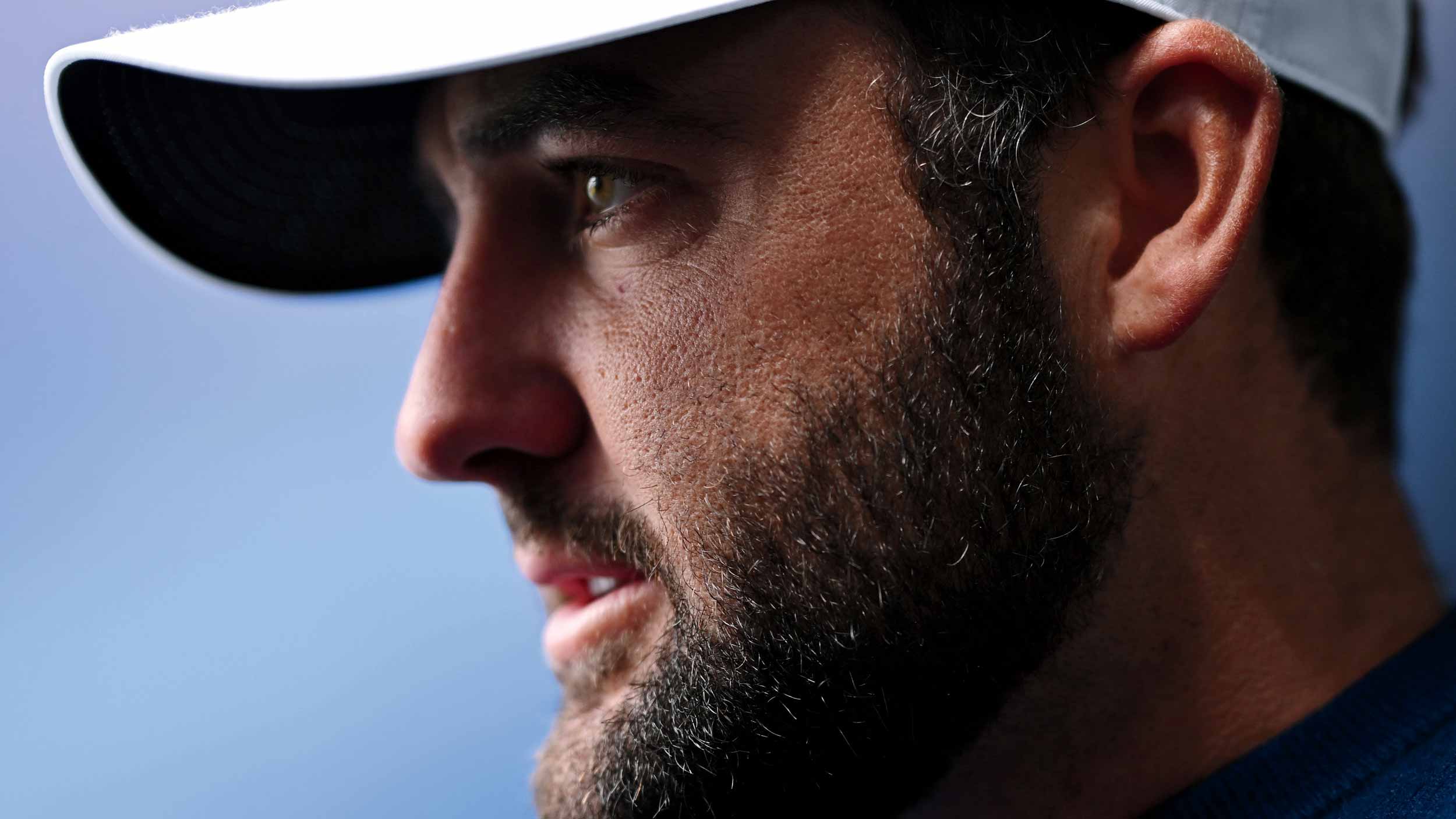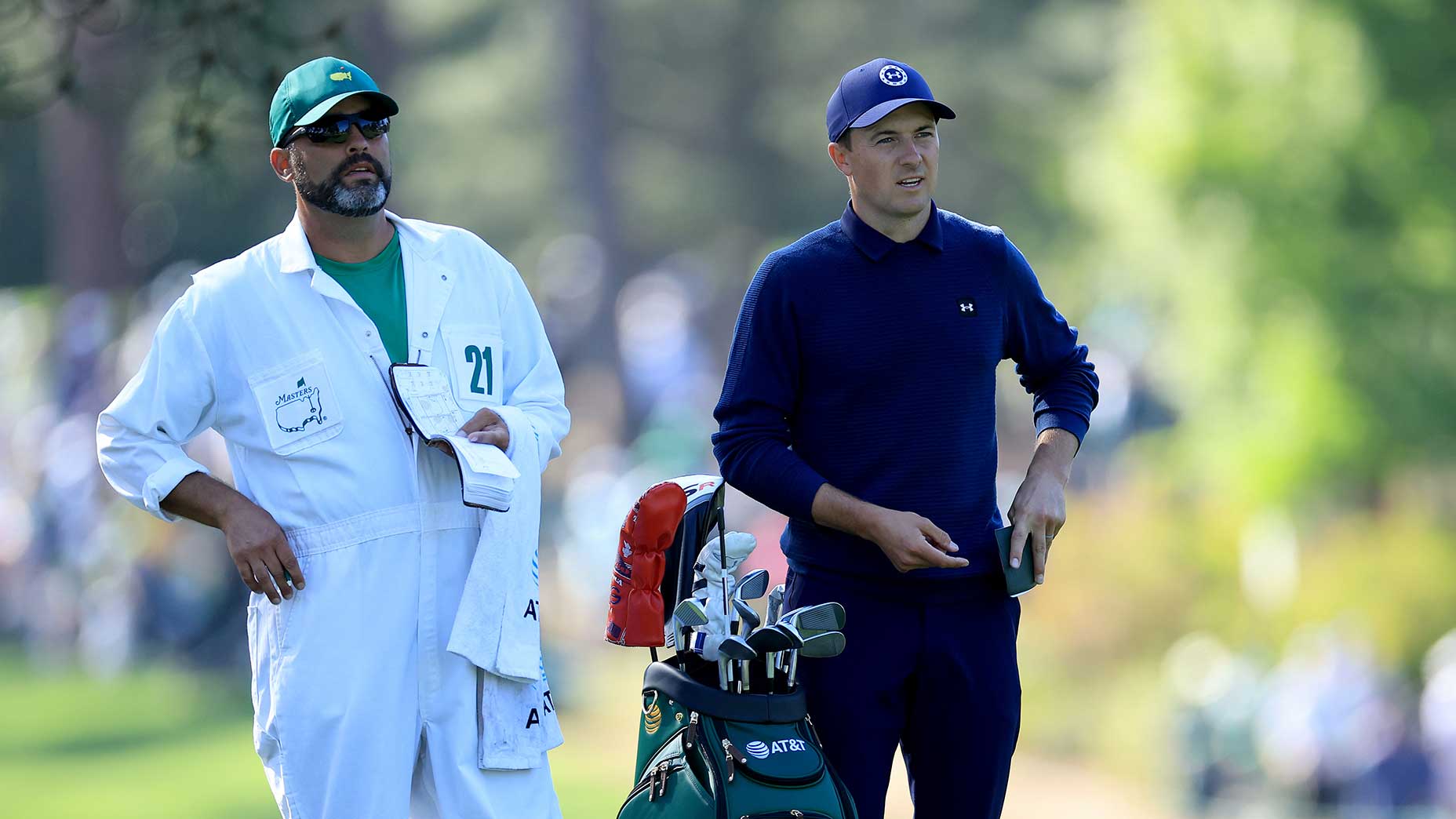PONTE VEDRA BEACH, Fla. — You enter TPC Sawgrass nervously. That is not a reference to the water on the course. It’s the parking on its perimeter, and all the many guards.
As I entered the compound on Thursday — green 2013 Mini, Pennsylvania plates — there was a Porsche in front of me. A security lady halted the driver with an abrupt Heisman stop-here buddy. The driver’s papers were inspected. That is, his parking hang tag was scanned. I had never seen that before.
I was suddenly nervous. I first came to this event in 1985 as an unemployed caddie and my memory is that I snuck into parking reserved for working caddies. My parking confidence here has been low ever since. Whatever gate I sample first, it’s the wrong one. Believe me, it’s me. And it’s not just Sawgrass.
At this semi-normal Players Championship, what a difference a year makesBy: Michael Bamberger
Years ago, I was driving into Doral with a passenger, Al Besselink, a Tour star of yesteryear. Al had a lot of hair and a lot of game. Things weren’t going well at the parking entrance. Al got out his PGA Tour money clip, with a wad wedged in it. “I’m a player,” he said. He was 77. We were waved right in. The power of the PGA Tour money clip.
I haven’t seen a Tour money clip in years. I didn’t know if the Tour even gave the money clips to its players anymore. In this age of Venmo, who needs a money clip? (Well, if you’re going to take care of the locker room guys on Sunday night, you better have some cash. You don’t need a money clip, but you do need cash.) I asked young Abraham Ancer (he’s 30, and arrived on Tour in 2016) if he has Tour money clips.
“I do,” he said. “I have them all at home. They’re too nice to bring out. Also, I keep all my stuff in this.” He reached into his front right pocket and retrieved a thin stack of credit cards and cash in what looked to be a thin leather sleeve. Almost like a mini yardage book, and very stylish. He has style.

“Have you ever heard of a player using his money clip to get into player parking?” I asked.
“No,” Ancer said.
“It used to be a thing.”
“No, I’ve gotta show them that plastic thing with all the letters on it,” the golfer from Mexico said. He retrieved his player ID, attached to a lanyard. “I show them this.”
The players can valet their cars here if they want but most of them park their own cars, in the shadow of the Taj Mahal clubhouse. Former winners all have reserved parking places, whether they are playing or not.
Fred Couples won here in 1984 and again in ’96, but that only gets him one parking spot. He remembers when a Tour money clip would get you into player parking, player dining, the driving range, the first tee. Some players wore the money clips on the brims of their visors. (Baseball hats were less common.) “I used to wear it on my belt, because I thought it looked pretty cool, but that was 30 years ago,” Fred told me on Thursday. No, he’s not here. Fred is at large. That’s all you need to know.
After PGA Tour ruling, Bryson DeChambeau says he’ll keep his strategies secretBy: Dylan Dethier
The Tour money clip was and is heavy, and its color scheme changes regularly. For decades, it was a player’s ID card. It was a status symbol. All it had on it was the player’s name in all capital letters and the year of its issue. After 9/11, Tour security got more serious and the money clip became far less prominent. In came those hard, shiny plastic IDs, the one Ancer showed me, with all those blocky letters on it.
“They still send me a money clip every year,” Fred said, via audio text. If you pay your dues, you retain your membership on the PGA Tour, whether you play or not. “They go right in a drawer.”
As an entrance pass, a parking hang tag is a poor substitute for a money clip but (as the saying sort of goes) things are what they are.
Something weird happened on Thursday. I went to the right gate the first time and was waved on in. If things go that well for the rest of the tournament, I will be absolutely amazed.
Michael Bamberger welcomes your comments at Michael.Bamberger@Golf.com












